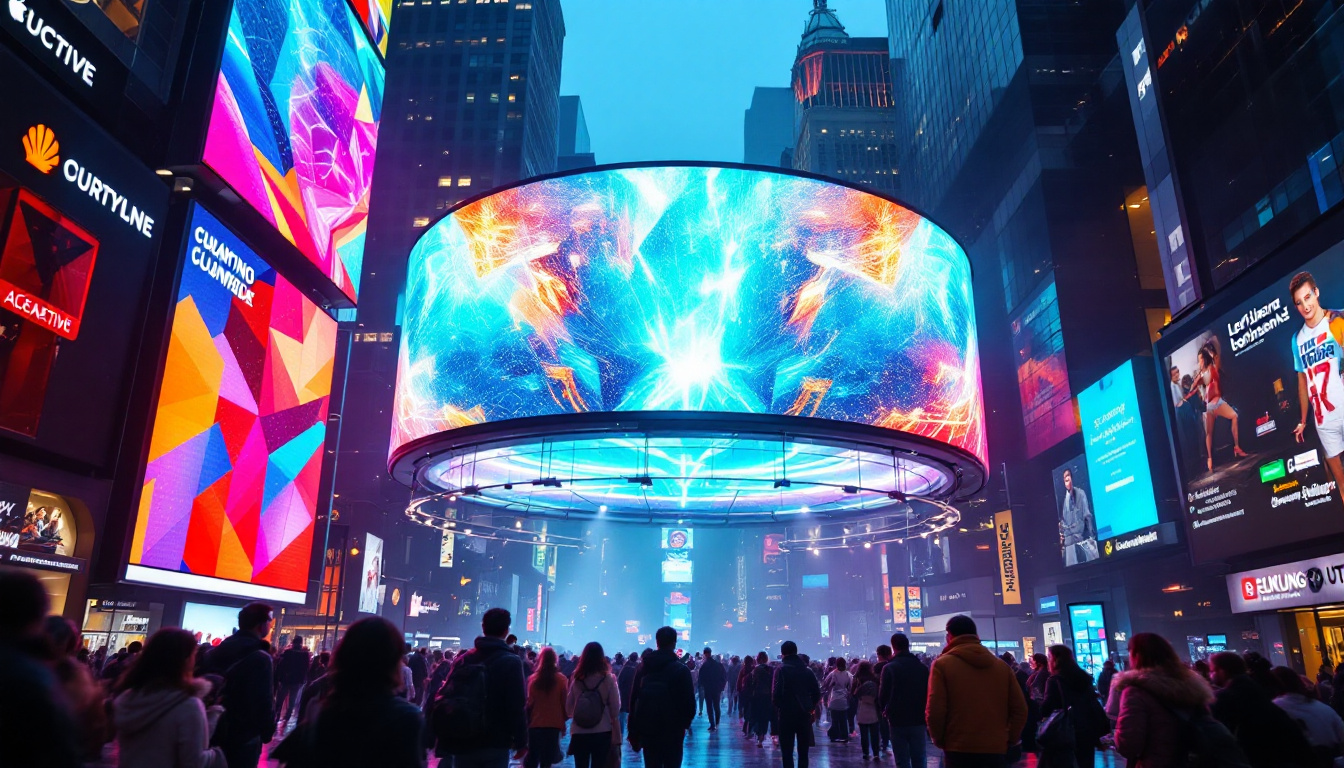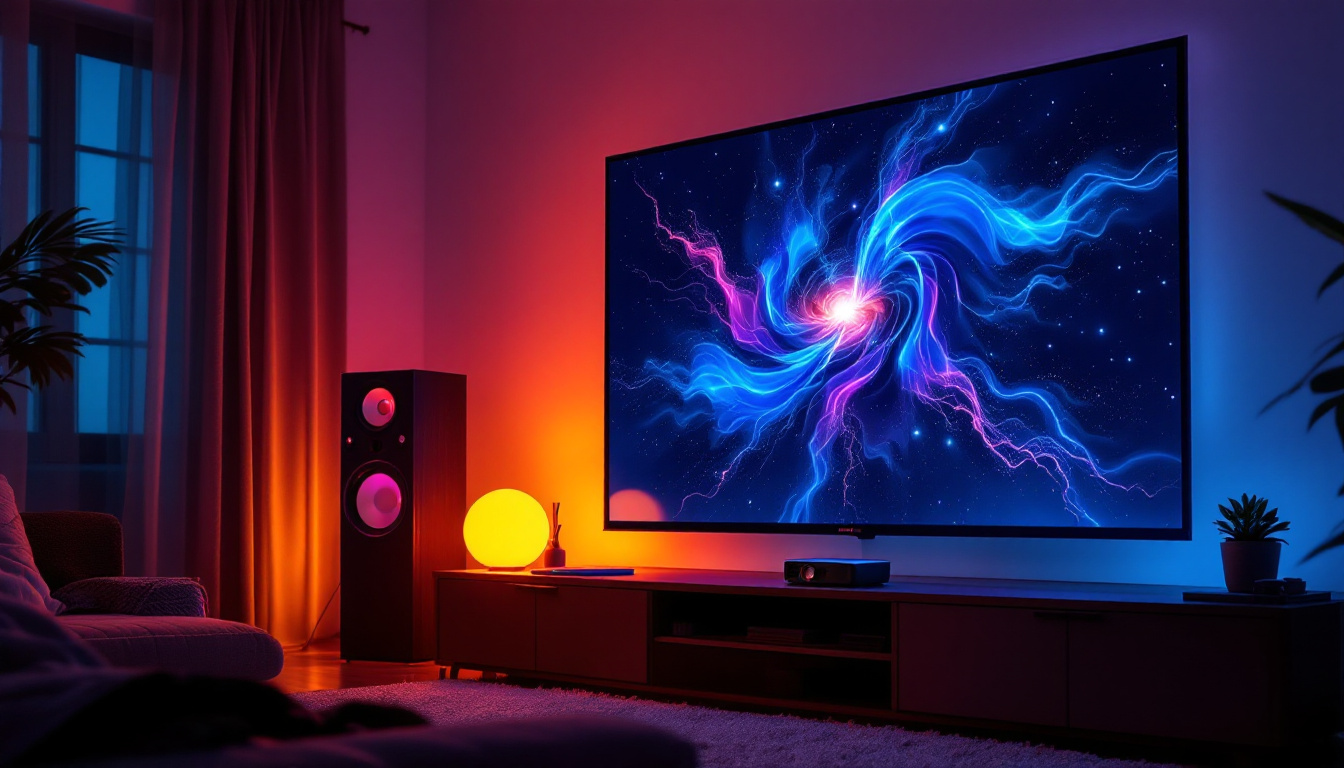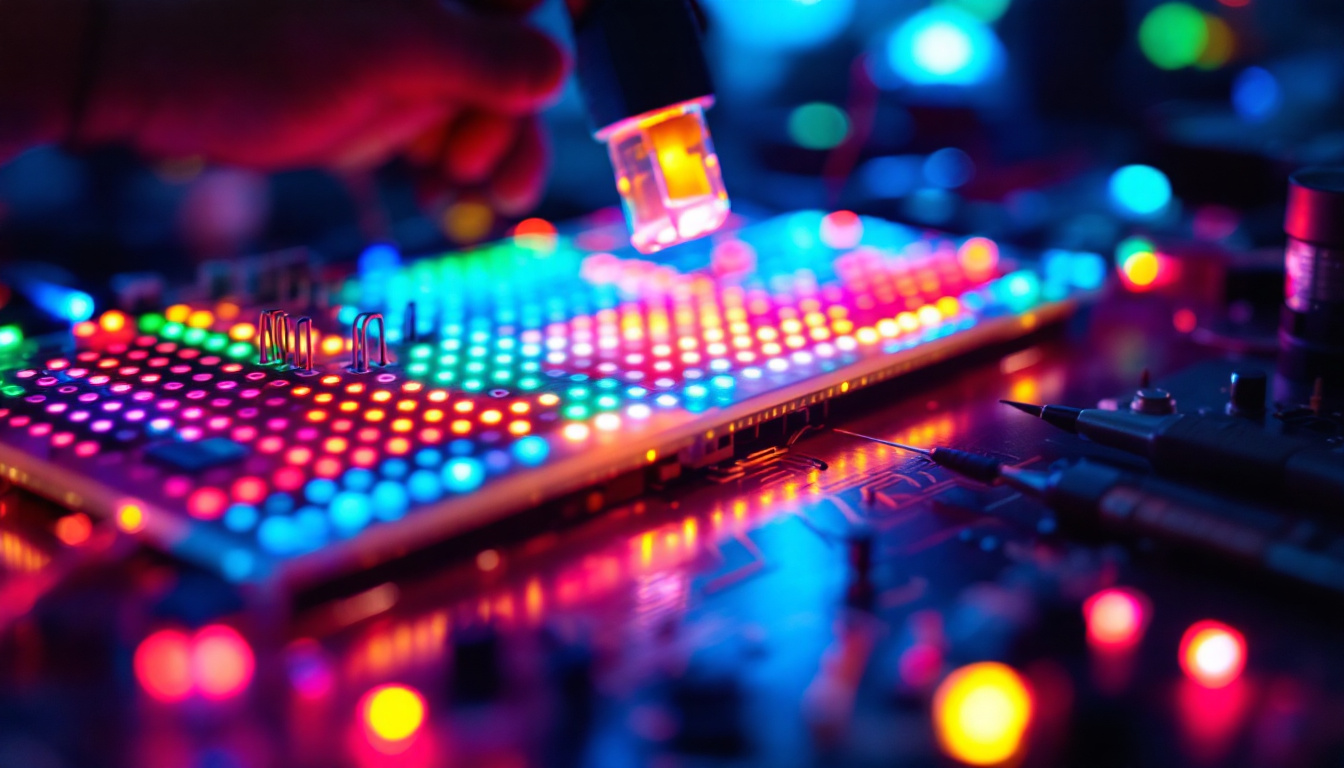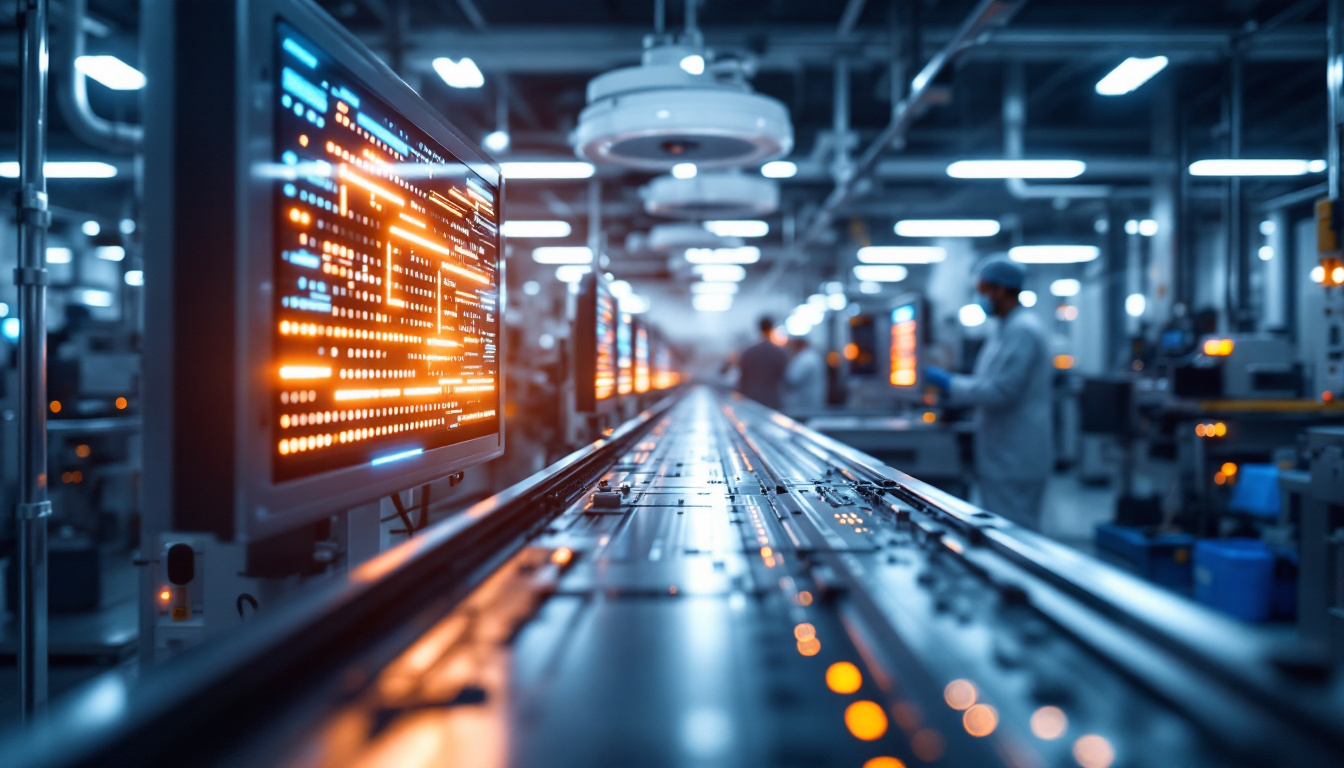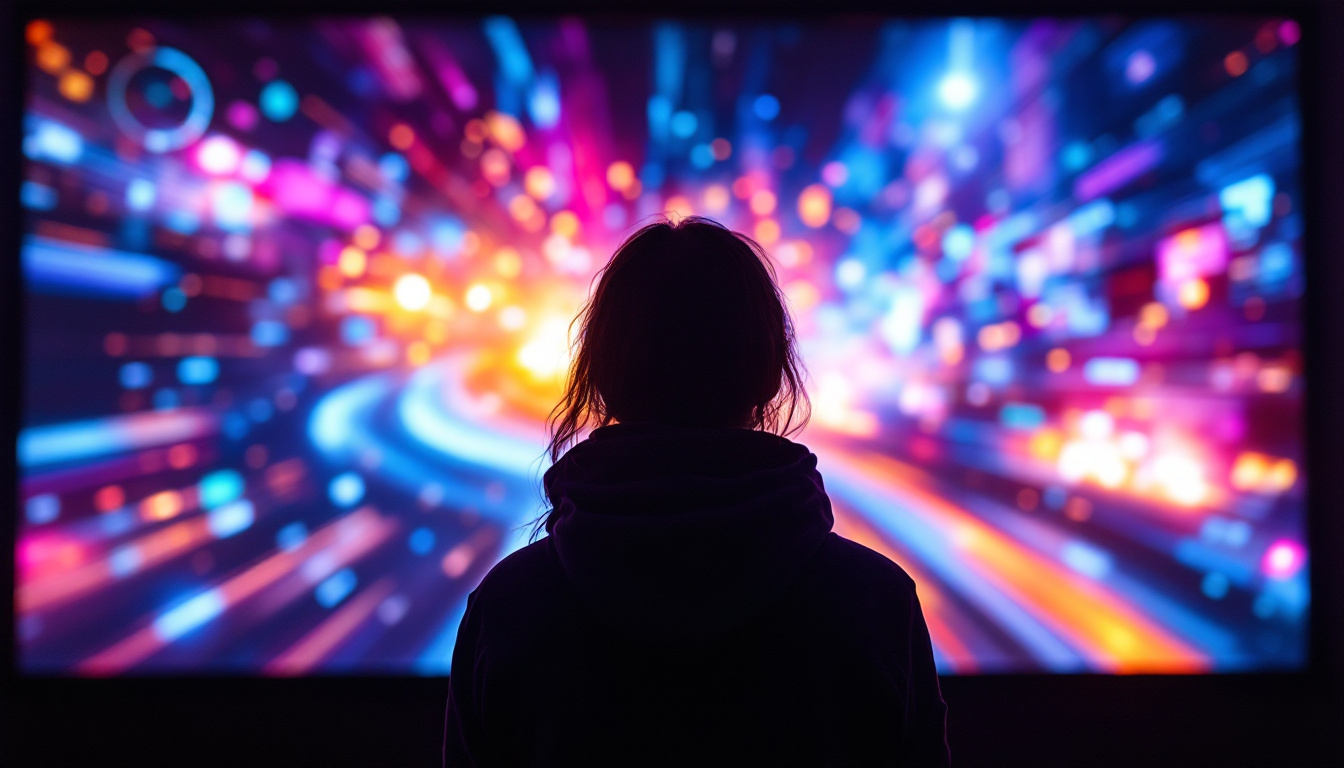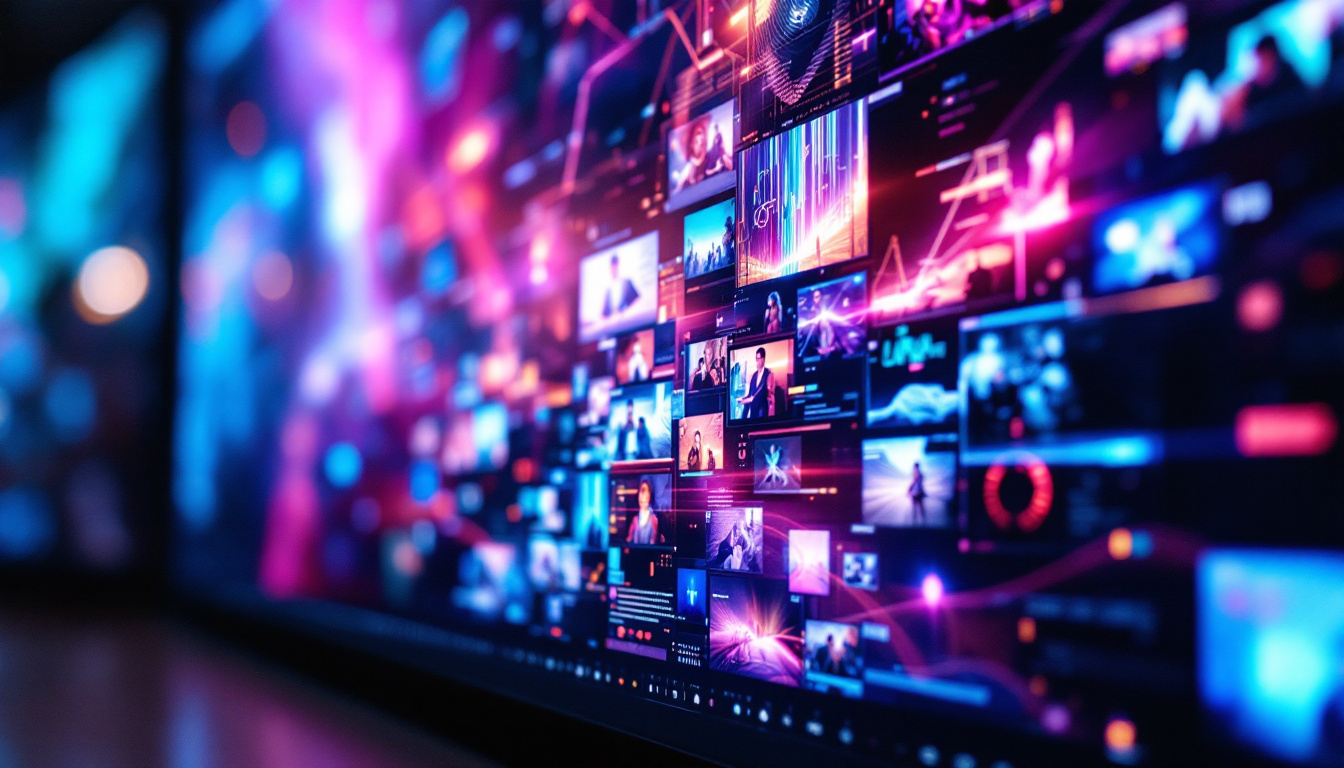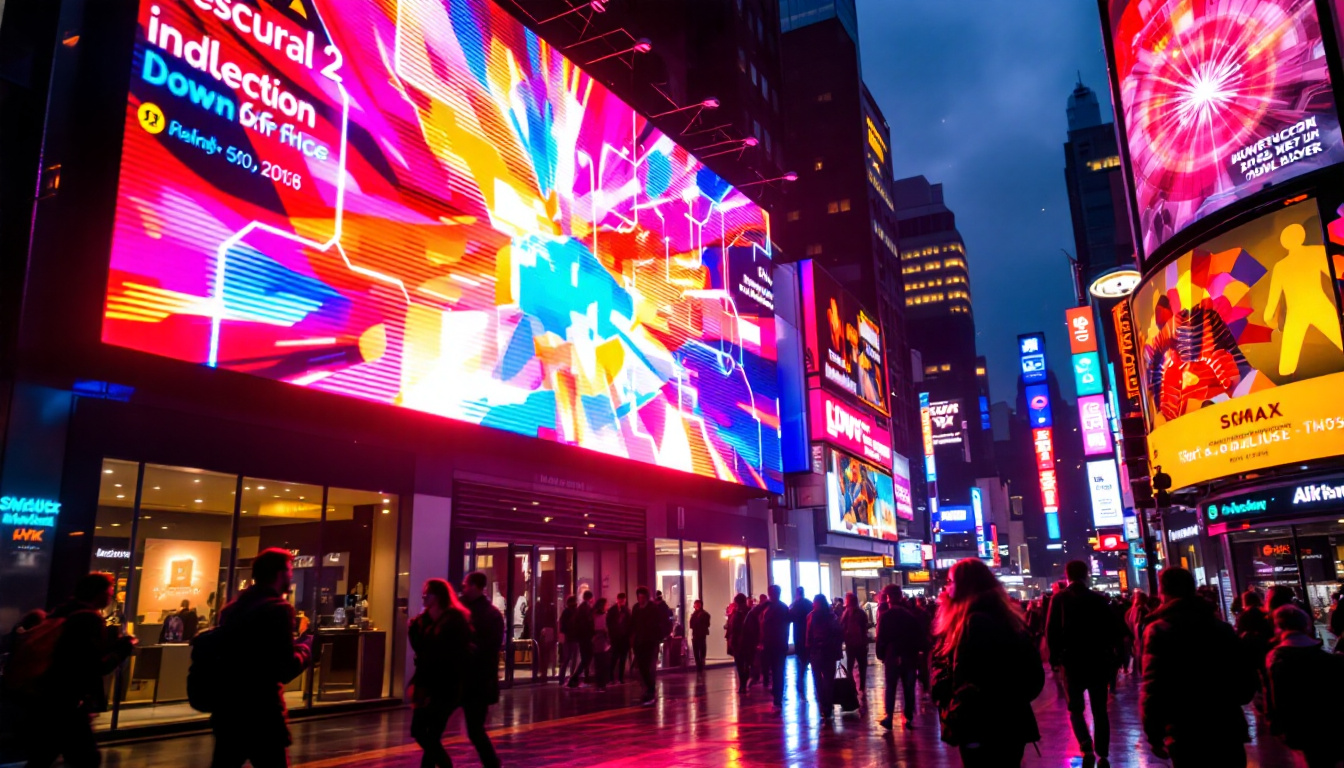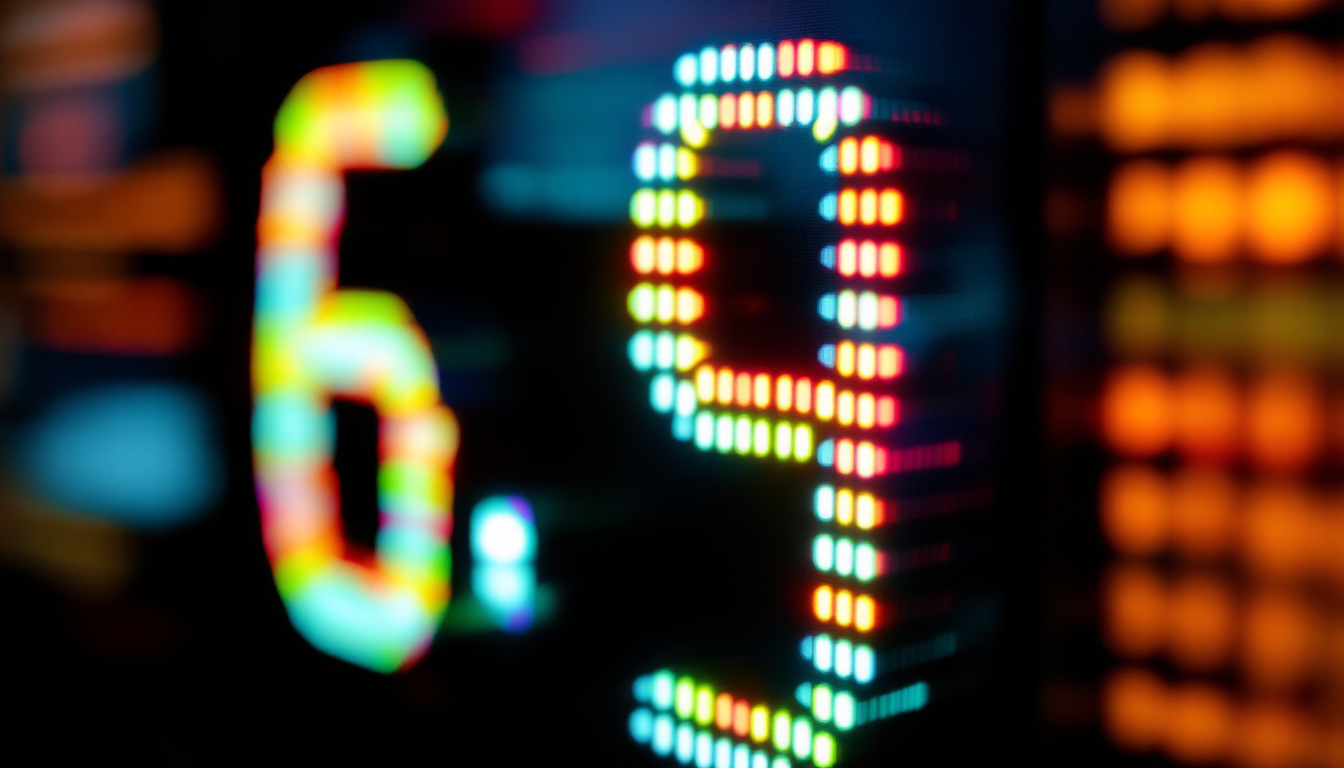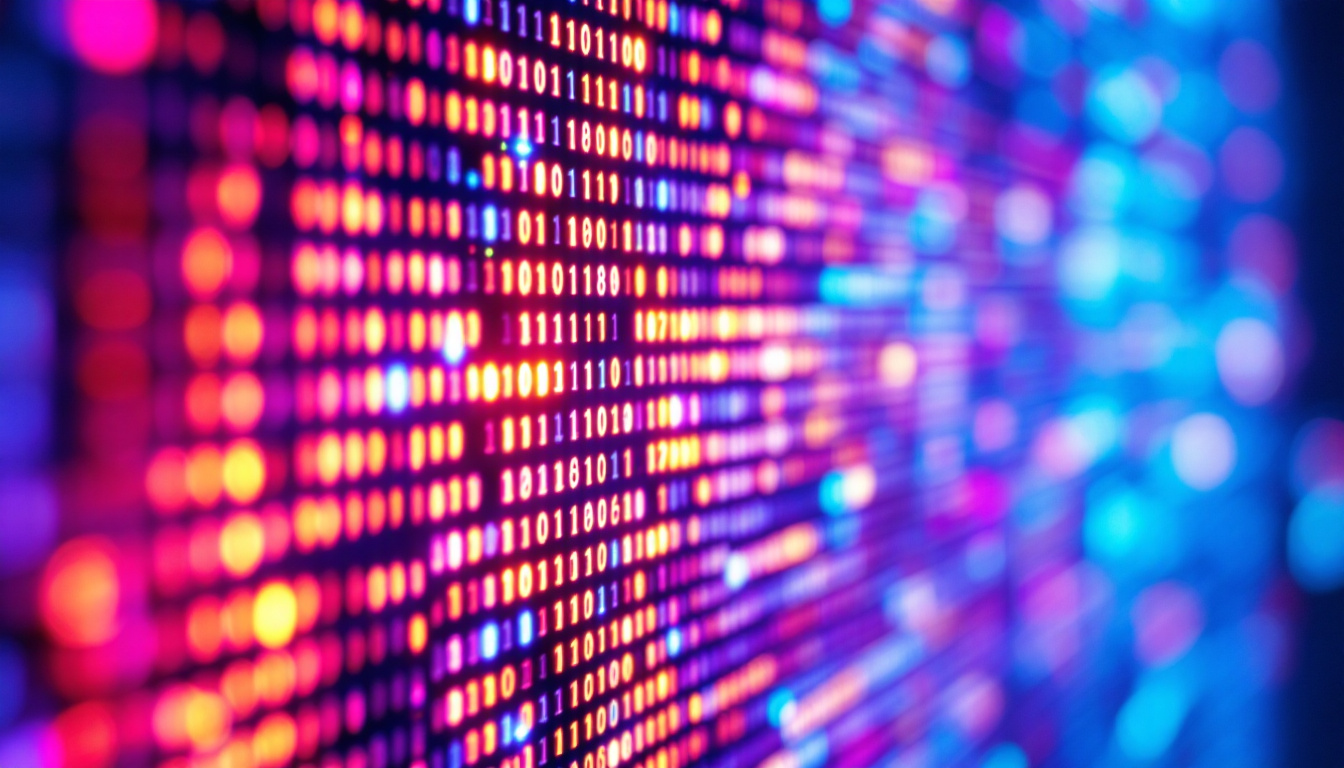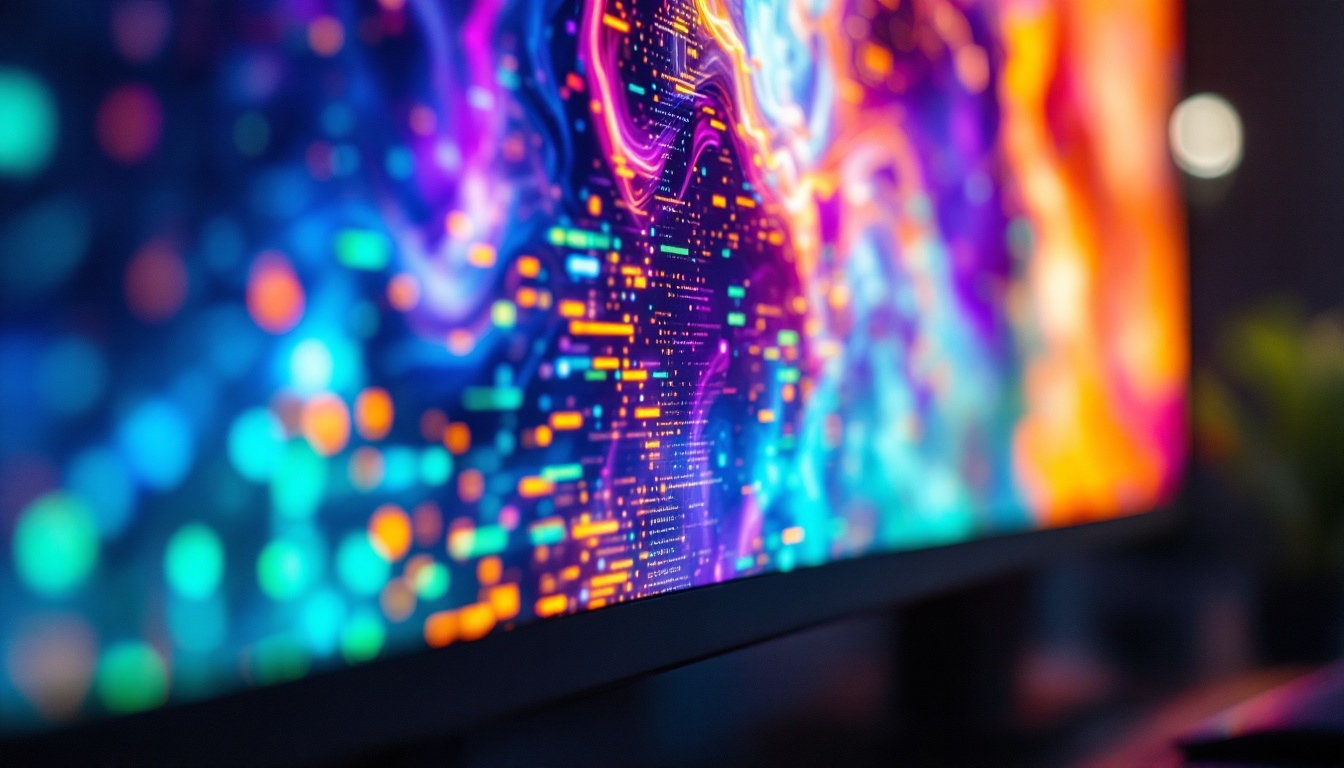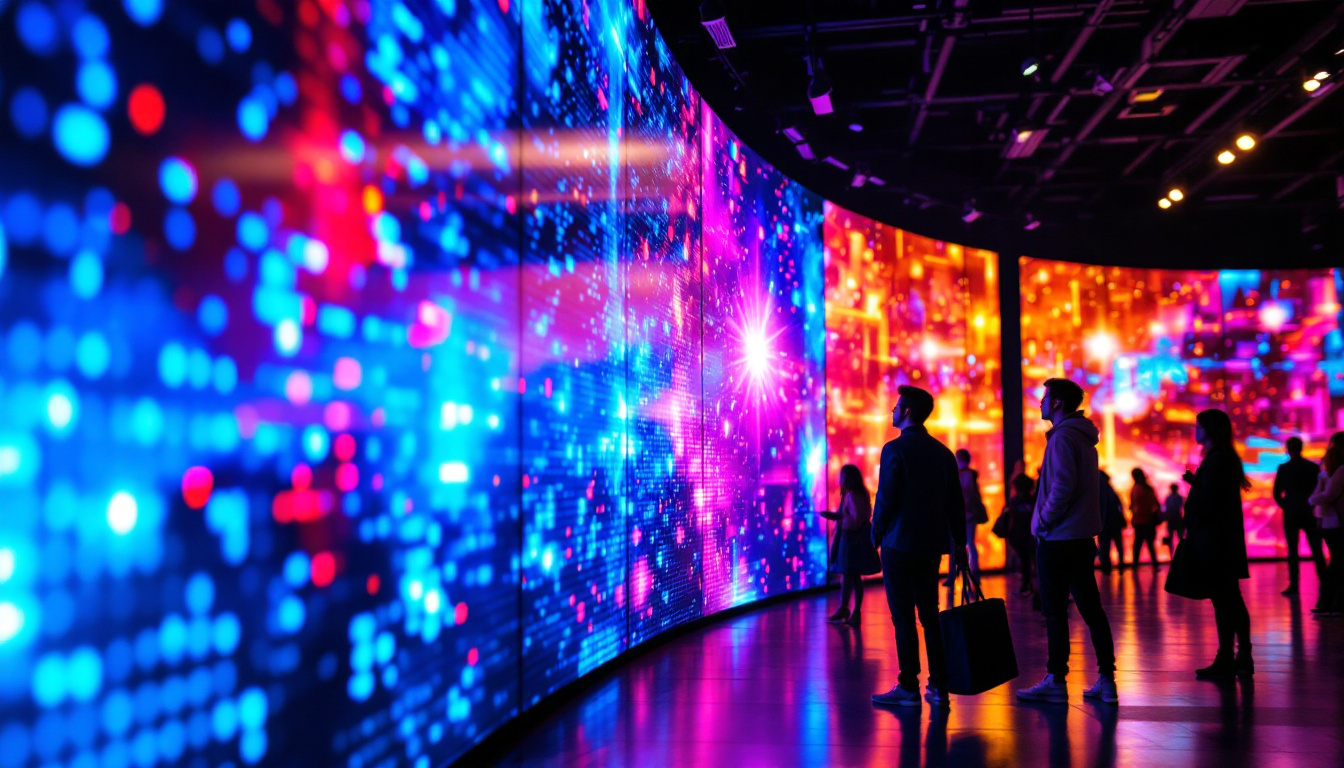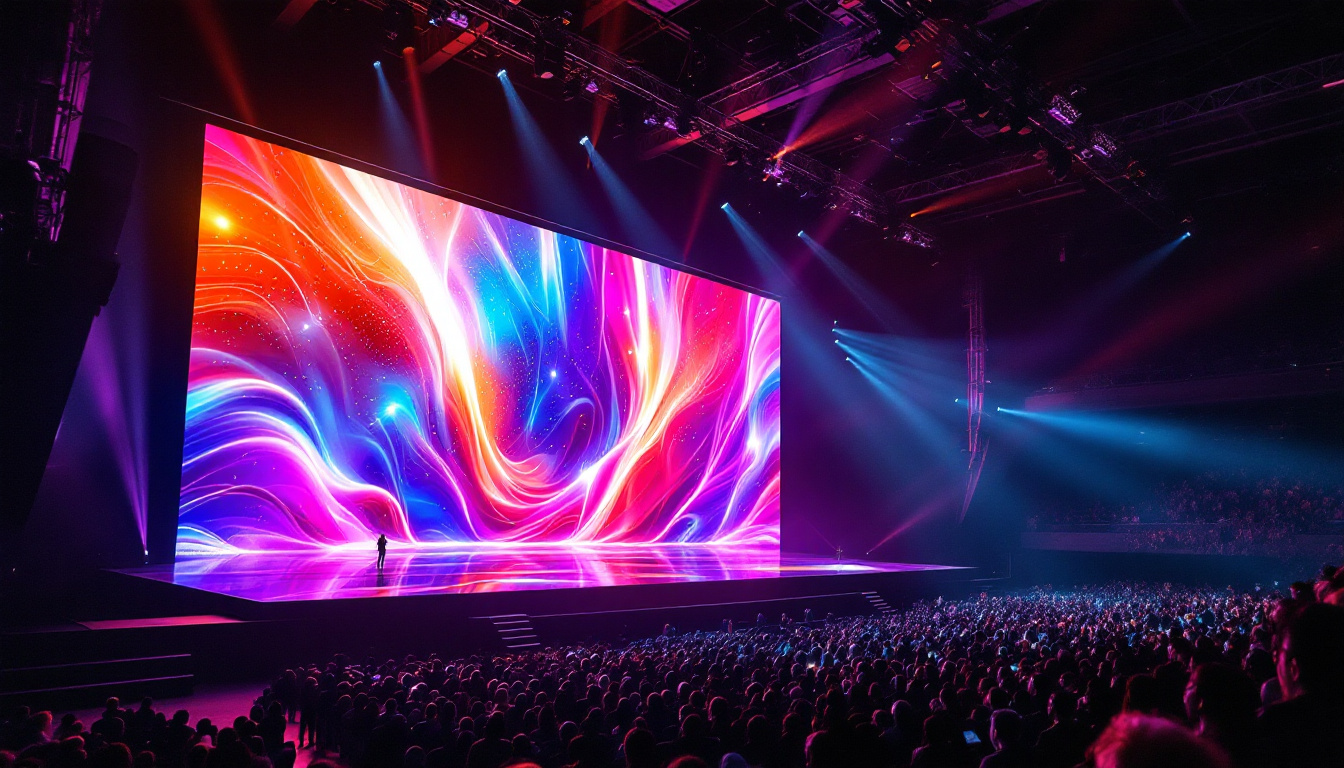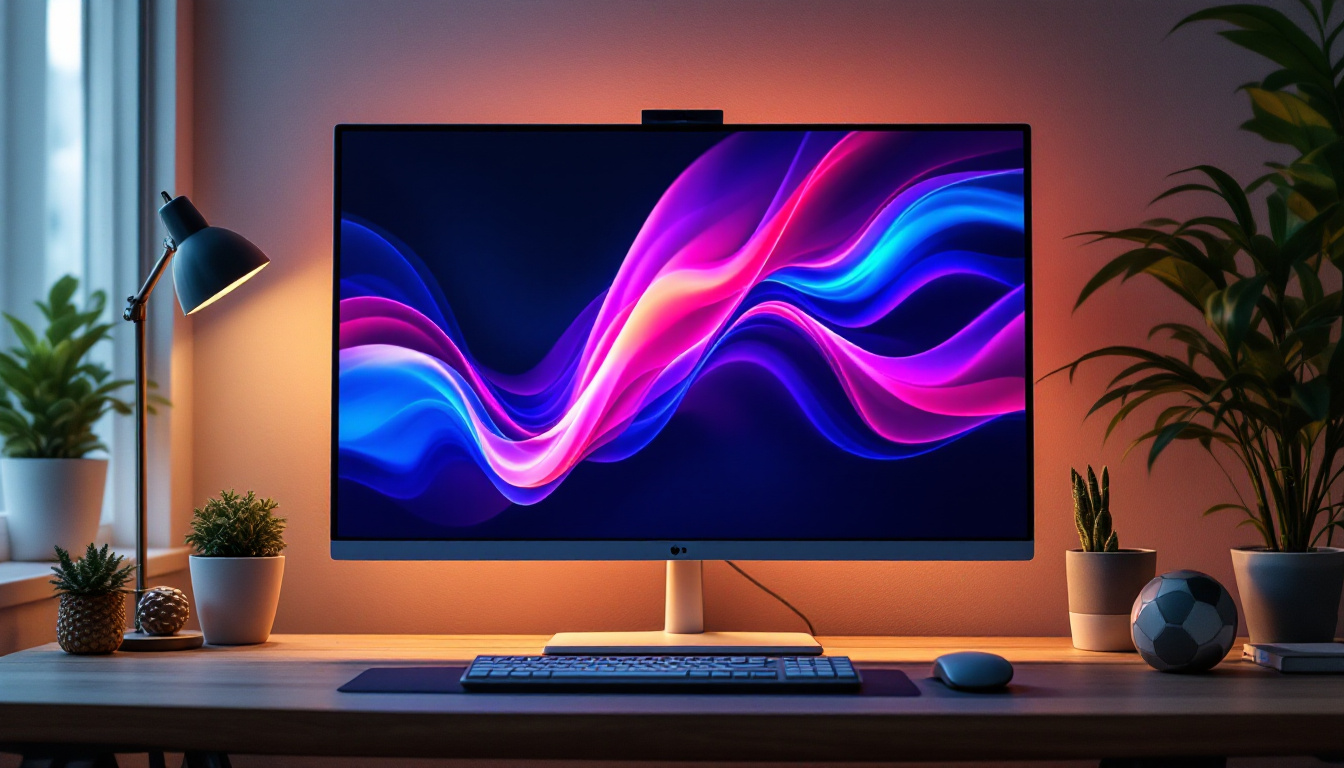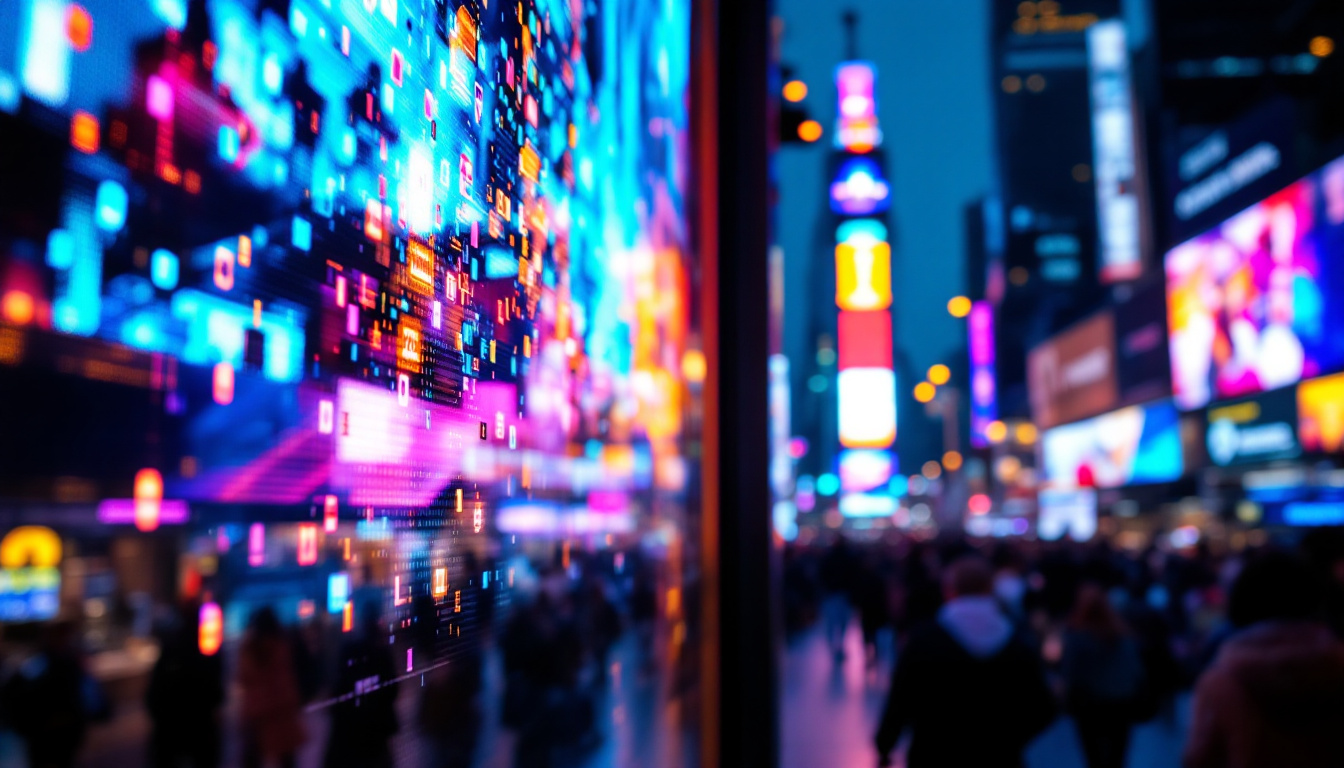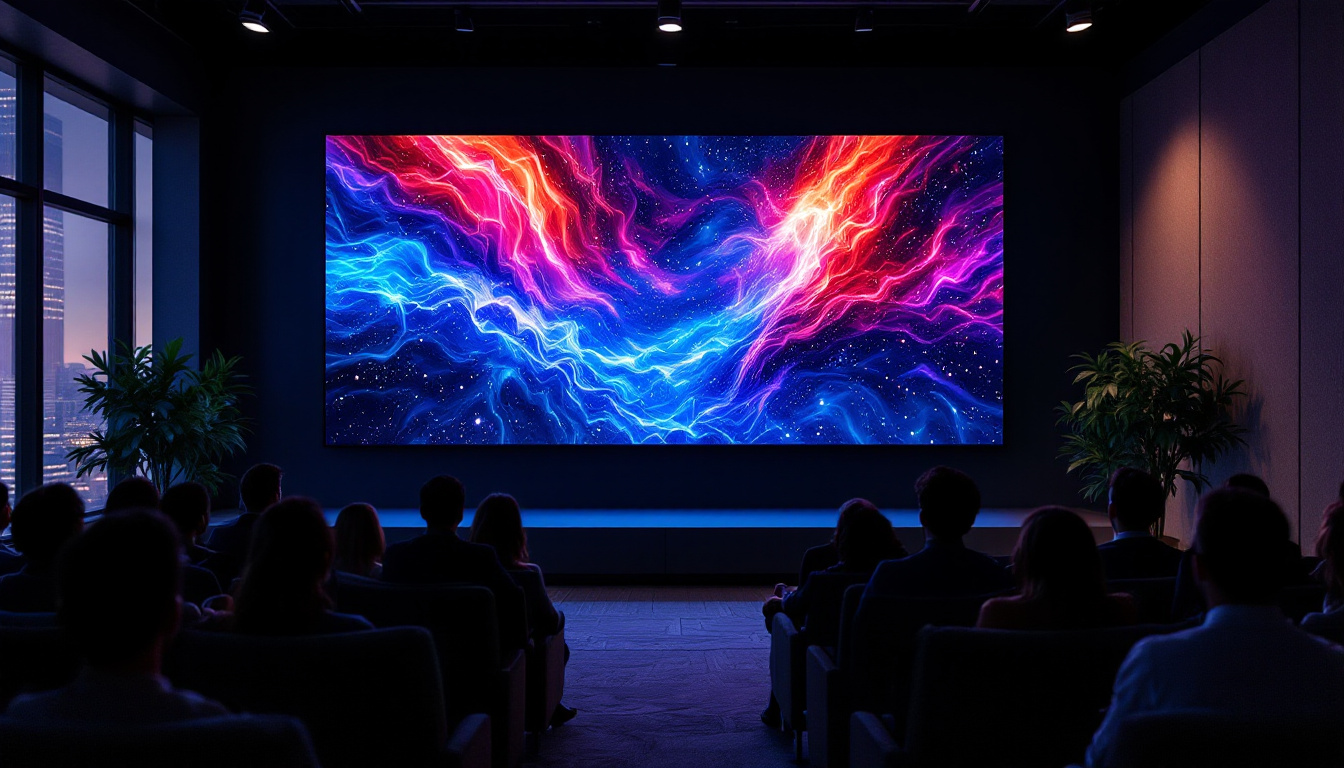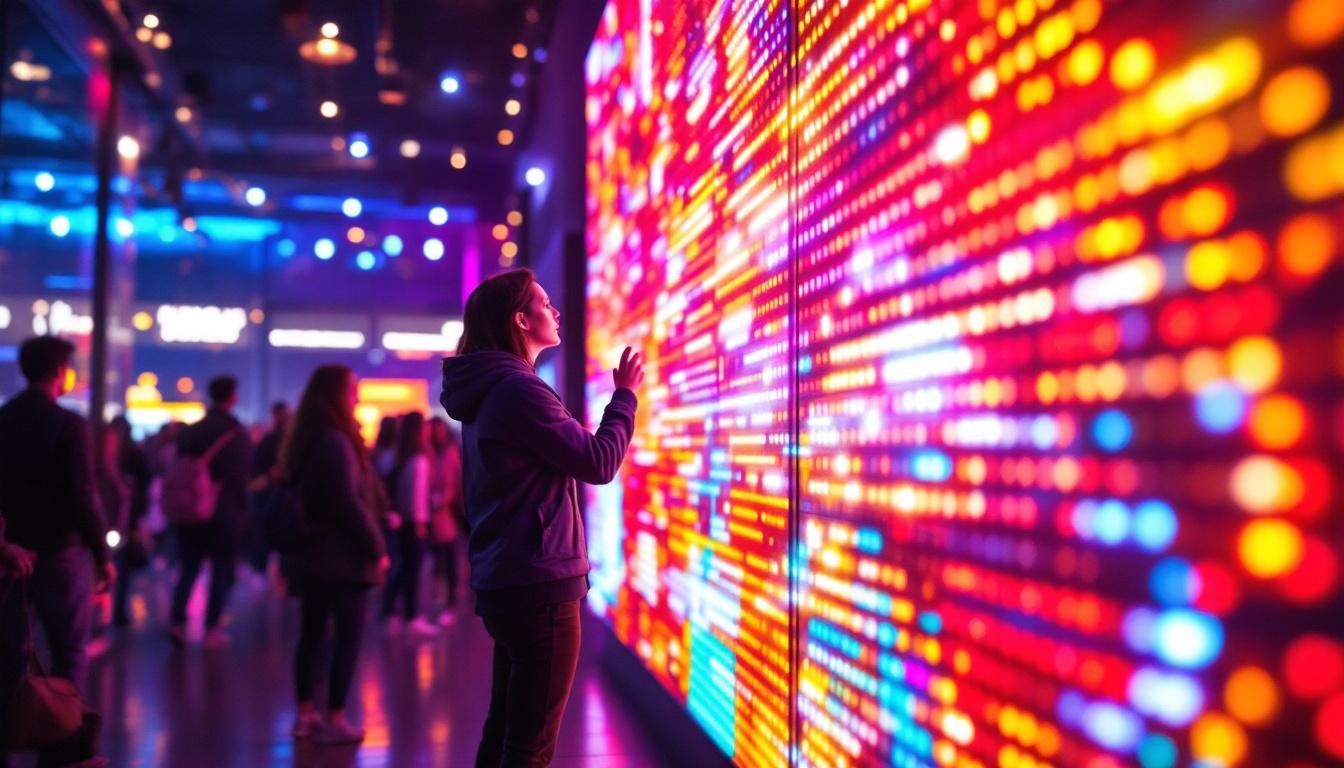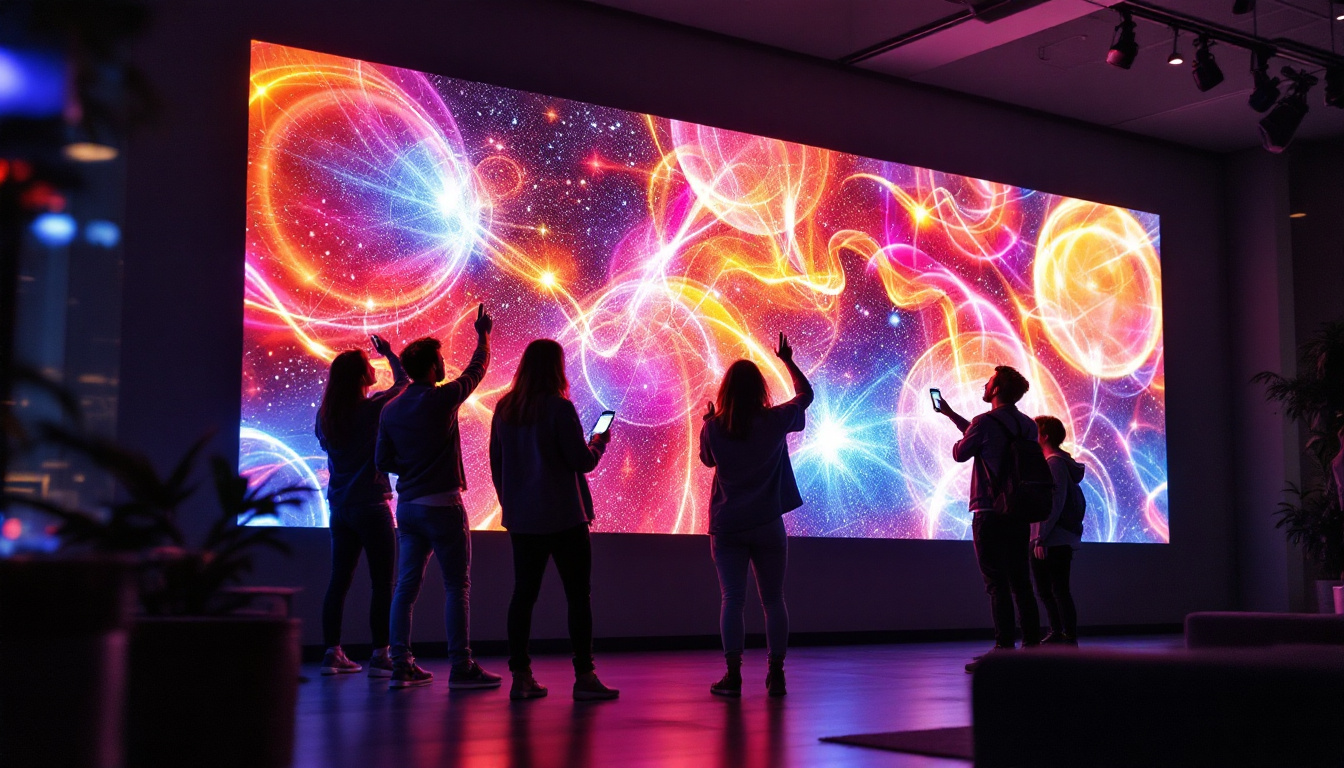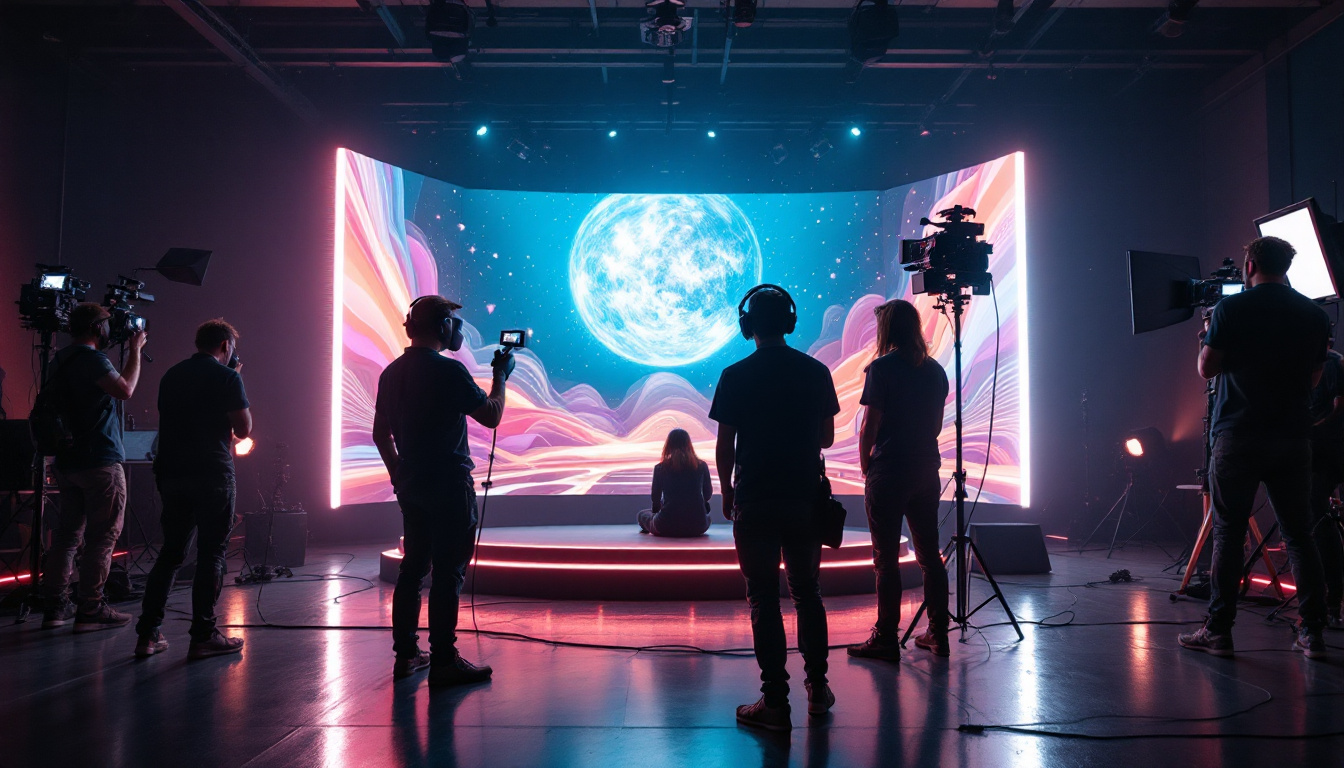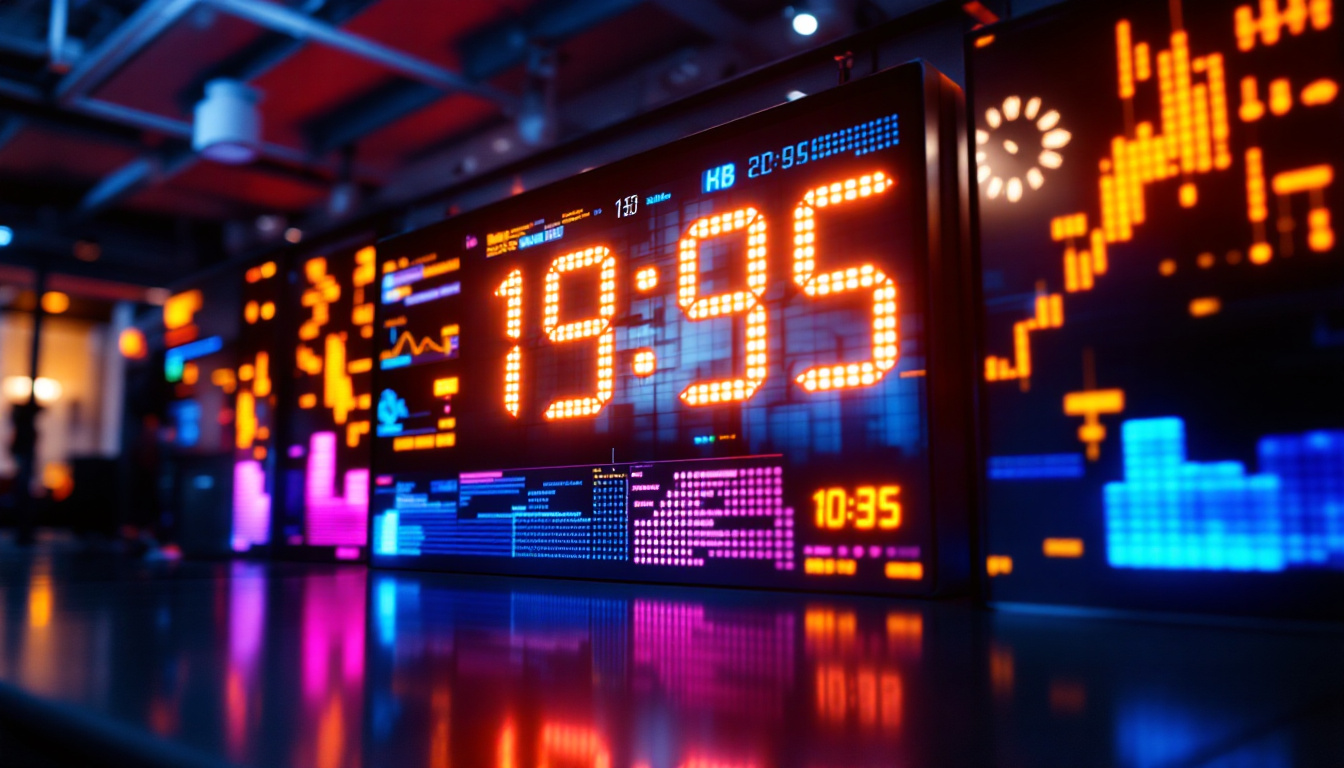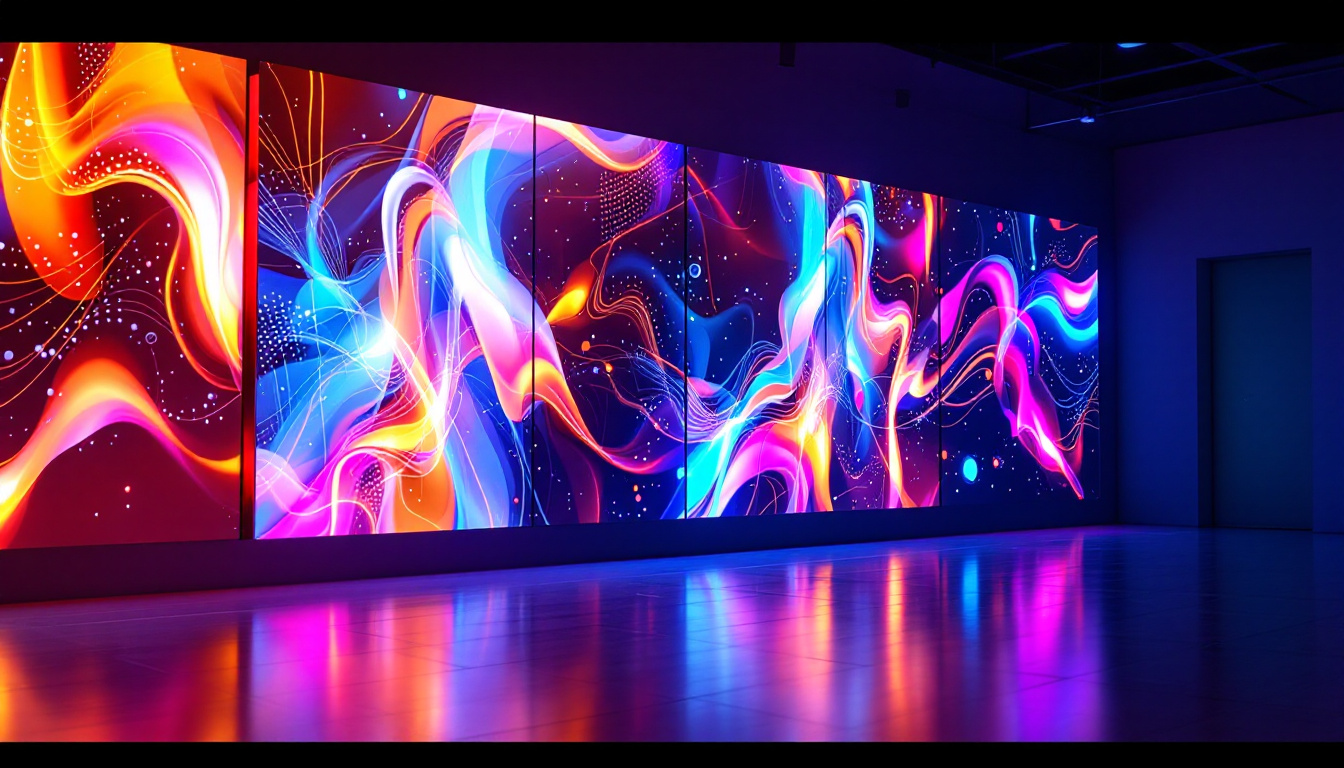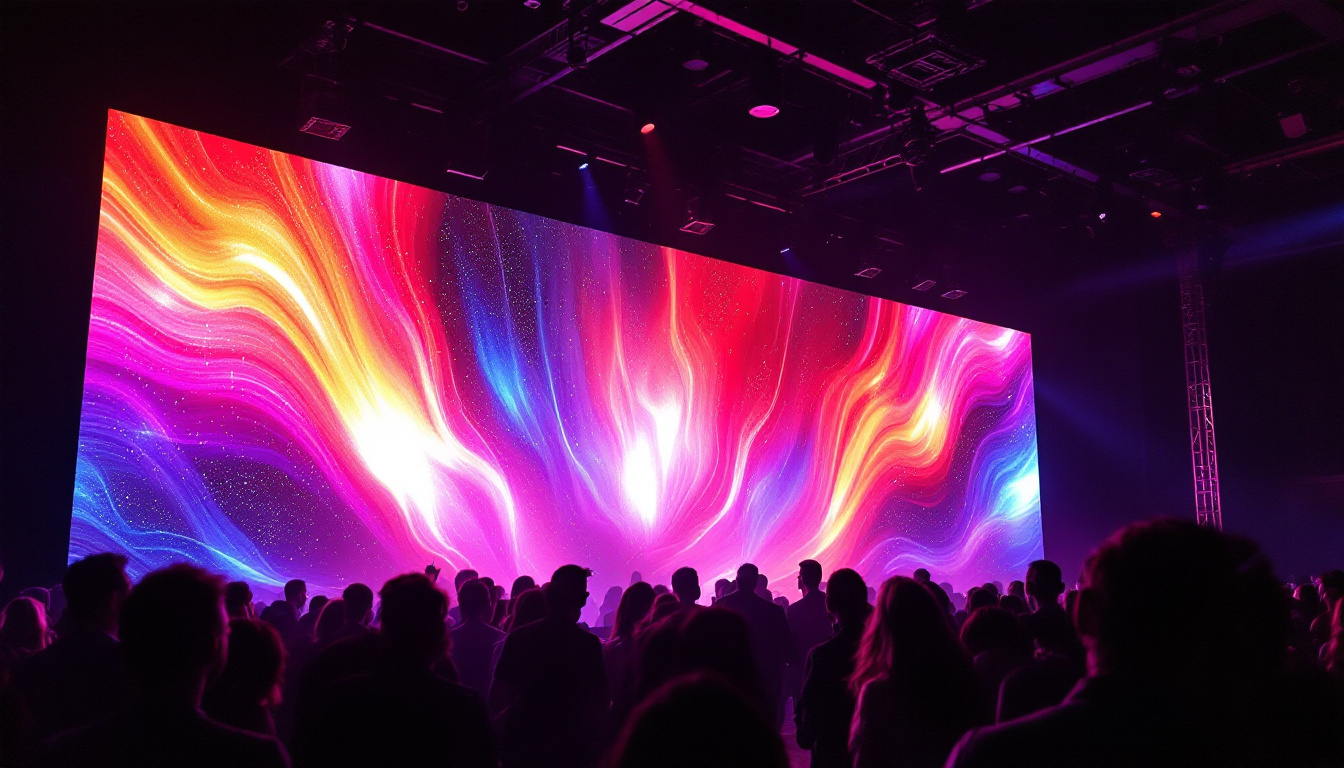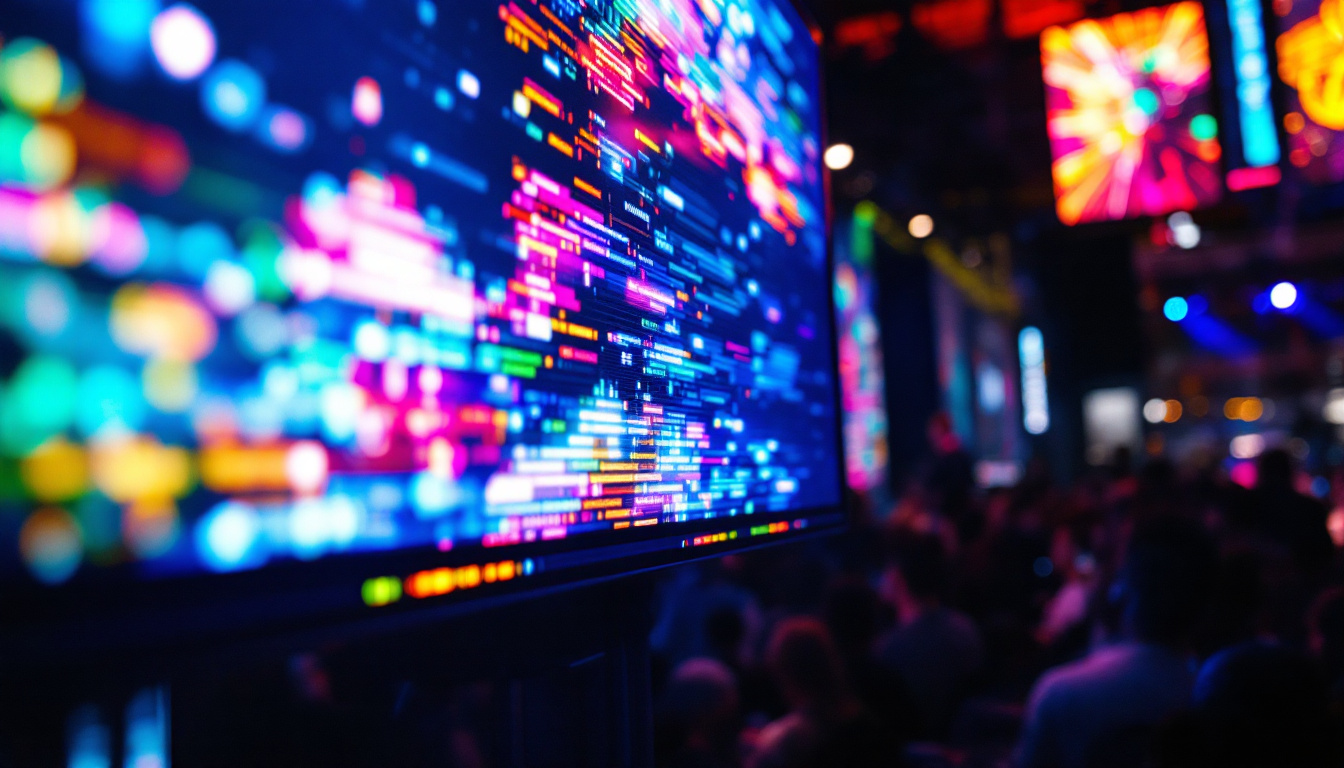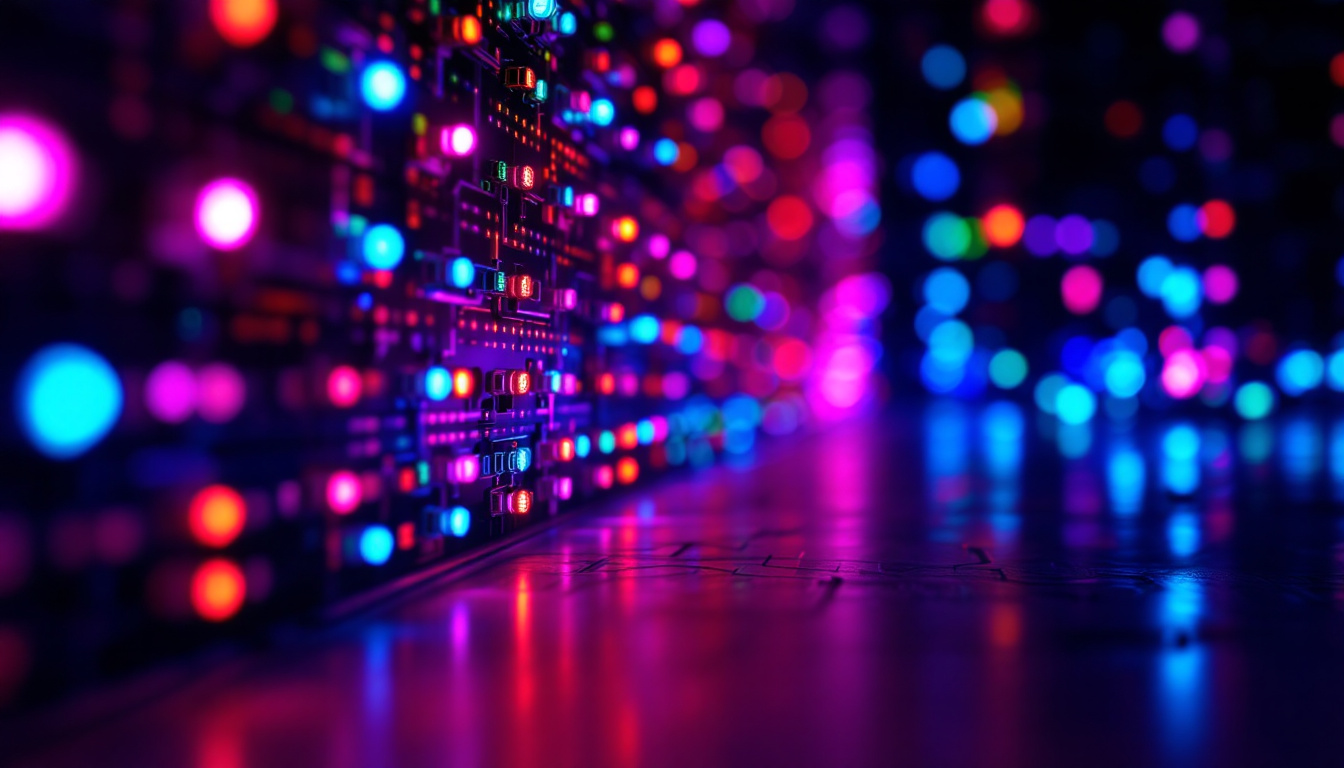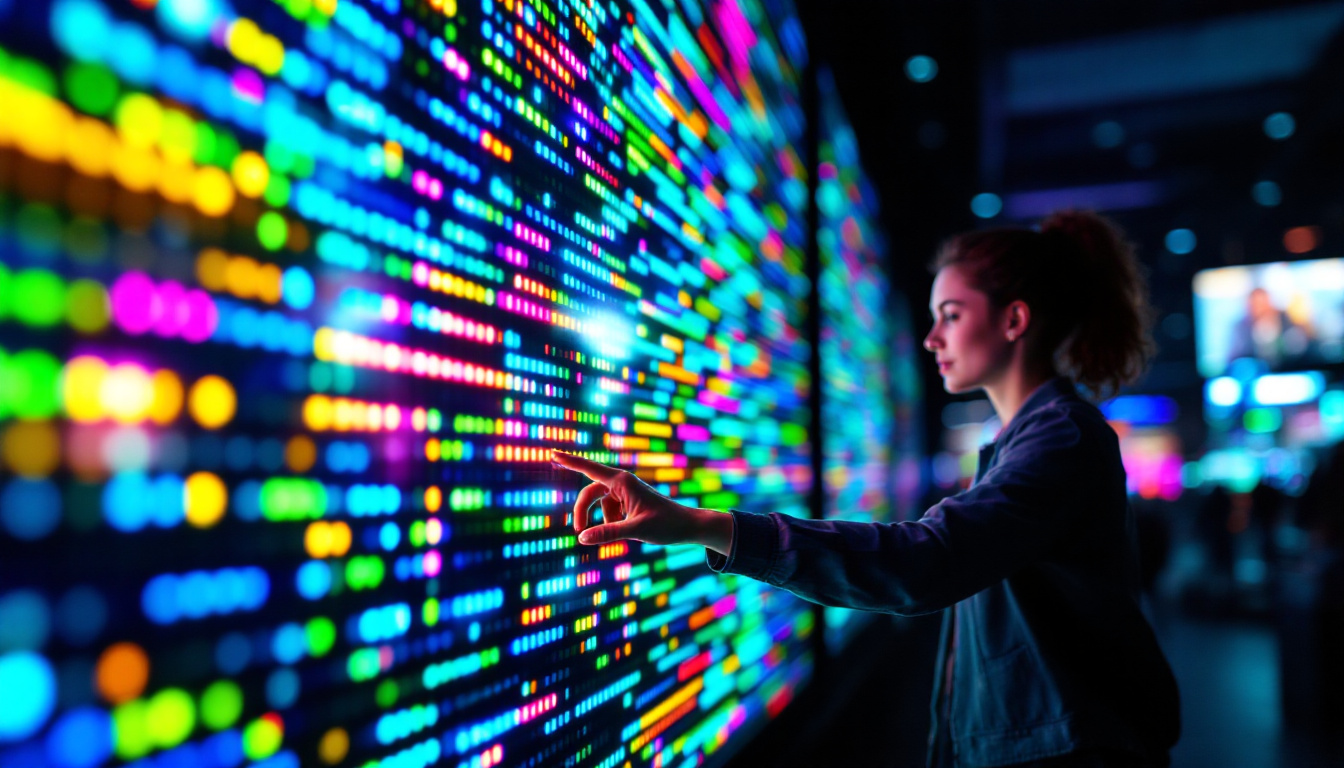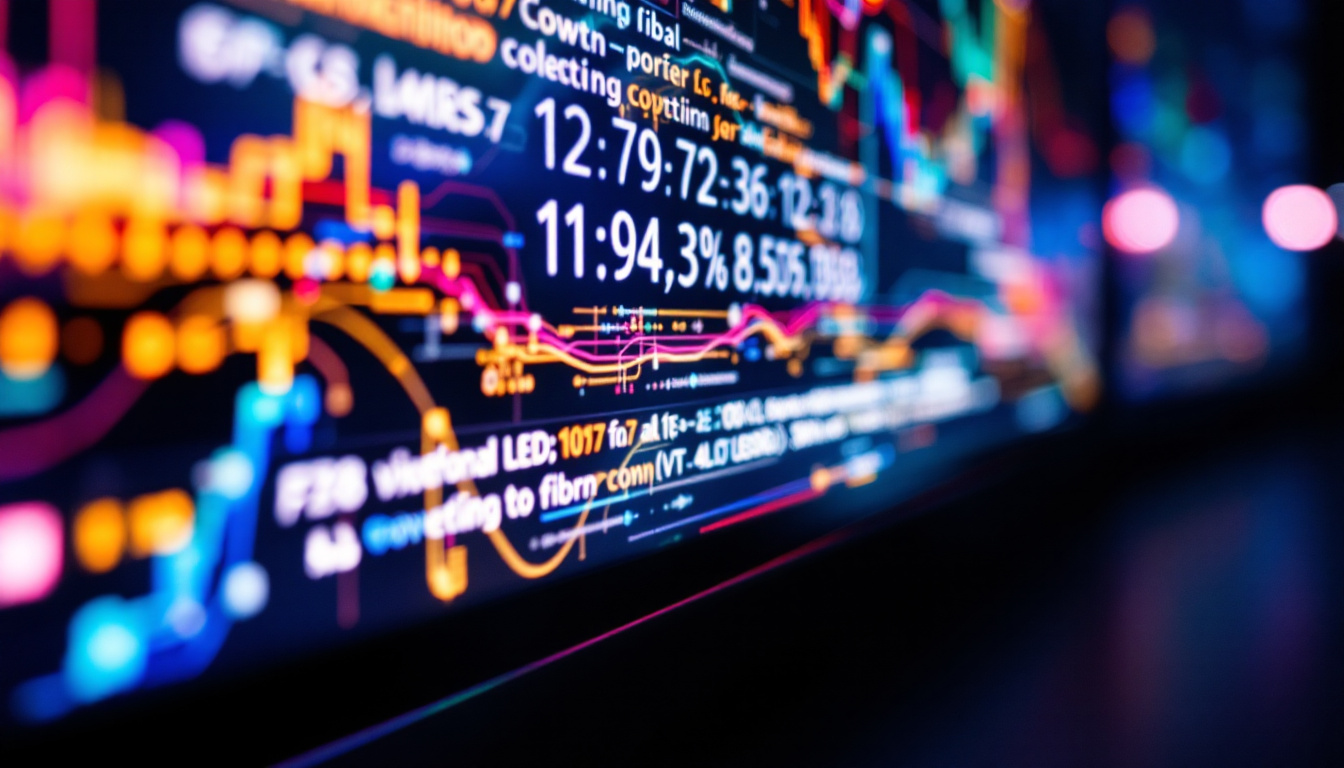In the world of modern technology, LED displays have become an integral part of our daily lives. From smartphones to large advertising billboards, these displays are ubiquitous and continue to evolve. This article delves into the intricacies of LED displays, explaining their functionality, types, advantages, and applications.
Understanding LED Technology
LED, or Light Emitting Diode, is a semiconductor device that emits light when an electric current passes through it. The technology behind LEDs has transformed the way we view images and videos, offering numerous benefits over traditional display technologies. LEDs are not only energy-efficient but also have a longer lifespan compared to incandescent and fluorescent lights, making them a more sustainable choice for both consumers and businesses alike.
How LED Displays Work
At its core, an LED display consists of an array of tiny light-emitting diodes. Each diode is capable of producing light in various colors, typically red, green, and blue (RGB). By combining these colors in different intensities, LED displays can create a wide spectrum of colors, allowing for vibrant and dynamic visuals. This capability is further enhanced by advanced technologies such as pixel mapping and color calibration, which ensure that the colors displayed are as true to life as possible.
The arrangement of these diodes can vary depending on the application. In some displays, diodes are arranged in pixels, while in others, they may be grouped in clusters. This flexibility enables manufacturers to create displays of various sizes and resolutions, catering to different needs. For instance, smaller pixel pitches allow for high-resolution displays that are ideal for close viewing, such as in retail environments or control rooms, while larger pitches are suitable for outdoor advertising where viewers are typically at a greater distance.
Types of LED Displays
LED displays come in various types, each designed for specific applications. Understanding these types can help consumers and businesses make informed decisions when selecting the right display for their needs. The versatility of LED technology means that it can be adapted for a wide range of environments, from intimate indoor spaces to expansive outdoor venues.
- Direct View LED Displays: These are typically used for large outdoor advertising and sports arenas. They provide high brightness and visibility even in direct sunlight, making them ideal for capturing the attention of passersby. Additionally, advancements in weatherproofing technology have made these displays more durable, allowing them to withstand harsh environmental conditions.
- LED-backlit LCD Displays: These displays use LEDs to illuminate an LCD panel. They are common in televisions and computer monitors, offering better contrast and energy efficiency compared to traditional backlighting methods. The integration of LED backlighting has also enabled thinner designs, allowing for sleeker and more modern aesthetics in consumer electronics.
- Organic LED (OLED) Displays: A more advanced technology, OLED displays use organic compounds to produce light. They offer superior color accuracy and contrast ratios but are generally more expensive to manufacture. The self-emissive nature of OLED technology allows for deeper blacks and a wider viewing angle, making them particularly popular in high-end televisions and mobile devices.
In addition to these types, there are also emerging technologies such as MicroLED, which promises even greater efficiency and performance. MicroLED displays consist of microscopic LEDs that can be arranged to form high-resolution images without the need for a backlight, offering the potential for even thinner and more flexible display designs. As research and development in LED technology continue to advance, we can expect to see even more innovative applications that enhance our visual experiences across various platforms.
Advantages of LED Displays
LED displays have gained popularity due to their numerous advantages over traditional display technologies. These benefits make them a preferred choice for a wide range of applications.
Energy Efficiency
One of the most significant advantages of LED displays is their energy efficiency. Compared to traditional incandescent or fluorescent displays, LEDs consume significantly less power, resulting in lower energy bills and a reduced carbon footprint. This efficiency is particularly beneficial for large installations, such as billboards or stadium screens, where energy costs can be substantial. Furthermore, the low heat emission of LED technology means that less energy is wasted as heat, which contributes to overall energy savings and enhances the longevity of the display itself.
Longevity and Durability
LED displays are known for their long lifespan. Most LED displays can last upwards of 50,000 hours, which is considerably longer than traditional display technologies. This durability makes them an excellent investment for businesses, as they require less frequent replacements and maintenance. Additionally, LED displays are more resistant to shock and vibration, making them suitable for various environments, including outdoor settings where weather conditions can be unpredictable. The robust construction of LED displays also means they can withstand extreme temperatures and humidity levels, ensuring consistent performance regardless of the conditions.
Moreover, the modular design of many LED displays allows for easy repairs and upgrades, which can be a significant advantage for businesses looking to adapt their technology without incurring the costs of a complete overhaul. This flexibility not only extends the life of the display but also provides opportunities for customization, enabling businesses to tailor their visual presentations to meet specific branding or marketing needs.
High Brightness and Contrast
LED displays offer superior brightness levels, making them ideal for outdoor applications where sunlight can wash out images. The high contrast ratios also enhance the viewing experience, allowing for clearer and more vibrant images. This quality is essential for advertising and entertainment, where visual impact is crucial. In addition to their brightness, LED displays can also produce a wider color gamut, resulting in more vivid and lifelike images that capture the attention of viewers. This capability is particularly advantageous for industries such as retail and entertainment, where dynamic visuals can significantly influence consumer behavior.
Furthermore, advancements in LED technology have led to the development of features such as dynamic brightness adjustment, which automatically optimizes the display’s brightness based on ambient light conditions. This not only improves visibility but also contributes to energy savings, as the display can reduce its brightness during low-light conditions. As a result, LED displays not only enhance the aesthetic appeal of a space but also align with sustainable practices, making them an increasingly popular choice for environmentally conscious consumers and businesses alike.
Applications of LED Displays
The versatility of LED displays allows them to be used in a wide array of applications across different industries. From advertising to entertainment, their adaptability makes them a valuable asset.
Advertising and Marketing
One of the most common uses for LED displays is in advertising. Digital billboards and signage utilize LED technology to capture the attention of passersby with bright, dynamic content. Advertisers can easily change their messages and graphics, allowing for real-time marketing strategies that can be tailored to specific audiences or events.
Entertainment and Events
In the entertainment industry, LED displays play a crucial role in concerts, festivals, and sporting events. Large LED screens are often used to display live feeds, graphics, and animations, enhancing the overall experience for attendees. The ability to create stunning visuals that can be seen from a distance makes LED displays a staple in these environments.
Corporate and Educational Settings
LED displays are also increasingly used in corporate and educational settings. In conference rooms, they serve as presentation screens, providing clear visuals for meetings and training sessions. In educational institutions, LED displays can be used as interactive boards, facilitating engaging learning experiences for students.
Challenges and Considerations
While LED displays offer numerous benefits, there are also challenges and considerations that potential buyers should keep in mind. Understanding these factors can help ensure that the right display is chosen for specific needs.
Initial Cost
One of the primary challenges associated with LED displays is their initial cost. Although prices have decreased over the years, high-quality LED displays can still be a significant investment. However, it is essential to consider the long-term savings on energy and maintenance, which can offset the initial expenditure.
Viewing Angles
Another consideration is the viewing angle of LED displays. While many modern LED displays offer wide viewing angles, some lower-quality models may have limited visibility from certain angles. This limitation can impact the effectiveness of the display, especially in large venues where viewers may be positioned at various distances and angles.
Environmental Impact
Although LED displays are more energy-efficient than traditional displays, their production and disposal can still have environmental implications. It is crucial for manufacturers and consumers to consider sustainable practices, such as recycling old displays and using eco-friendly materials in production.
The Future of LED Displays
The future of LED display technology looks promising, with continuous advancements driving innovation and enhancing capabilities. As technology evolves, several trends are emerging that are likely to shape the future of LED displays.
MicroLED Technology
MicroLED is an emerging technology that promises to revolutionize the display industry. MicroLED displays consist of tiny individual LEDs that can be used to create high-resolution images without the need for a backlight. This technology offers several advantages, including improved energy efficiency, better color accuracy, and the potential for flexible display designs.
Integration with Smart Technology
As smart technology continues to gain traction, the integration of LED displays with smart systems is becoming increasingly common. This integration allows for enhanced functionality, such as remote management, real-time content updates, and interactive features. Businesses can leverage these capabilities to create more engaging experiences for their customers.
Advancements in Resolution and Color Accuracy
With the demand for higher resolution displays on the rise, manufacturers are continually working to improve the resolution and color accuracy of LED displays. Innovations such as 8K resolution and enhanced color gamut technologies are becoming more prevalent, allowing for stunning visuals that were previously unattainable.
Conclusion
LED displays have transformed the way we experience visual content, offering unparalleled brightness, energy efficiency, and versatility. As technology continues to advance, the applications and capabilities of LED displays will only expand, making them an essential component of modern life.
Understanding the various types of LED displays, their advantages, and potential challenges is crucial for making informed decisions. Whether for advertising, entertainment, or corporate use, LED displays offer a dynamic solution that meets the needs of a rapidly evolving technological landscape.
As we look to the future, the continued innovation in LED technology promises exciting developments that will further enhance the way we interact with visual media. Embracing these advancements will undoubtedly lead to more engaging and immersive experiences for audiences worldwide.
Discover LumenMatrix’s Innovative LED Display Solutions
Ready to elevate your visual experience with the latest in LED display technology? Look no further than LumenMatrix, where innovation meets excellence. Our comprehensive range of LED display modules, including Indoor and Outdoor LED Wall Displays, Vehicle LED Displays, LED Poster Displays, LED Sports Displays, Floor LED Displays, Custom LED Displays, All-in-One LED Displays, and LED Transparent Displays, are designed to captivate your audience and amplify your message. Embrace the future of visual communication with LumenMatrix and create unforgettable, engaging experiences. Check out LumenMatrix LED Display Solutions today and see the difference for yourself.

